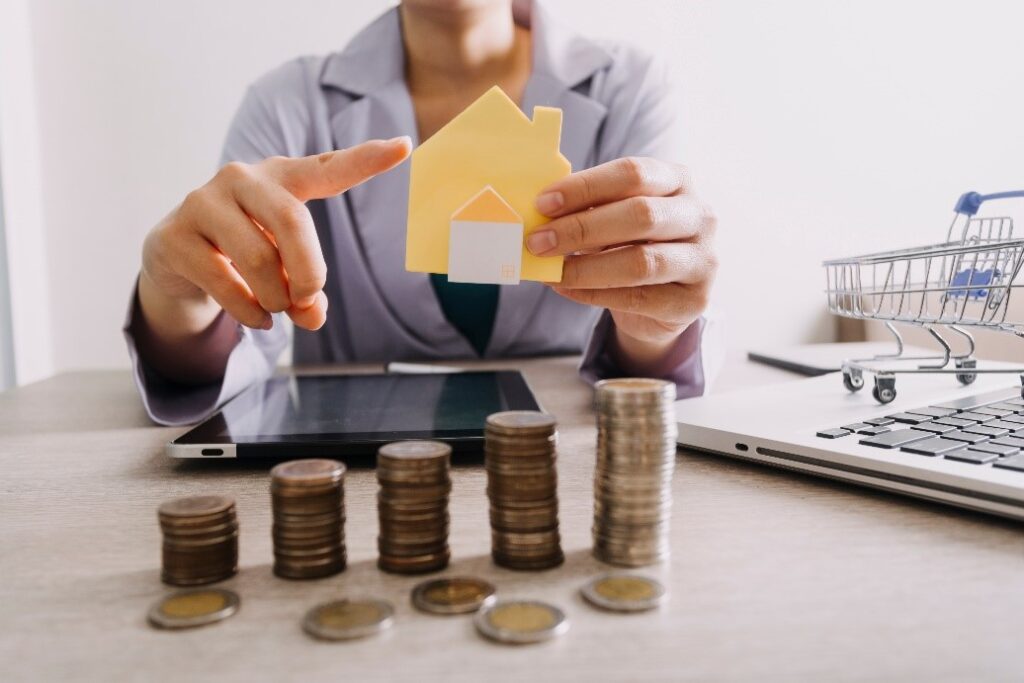
Having a rental property doesn’t come with any guarantee that owners will make some serious cash. It takes effort, communication, responsibility, and a good rental pricing strategy.
Maximizing rental income is an essential part of keeping a property profitable. Some owners are okay with doing the bare minimum to make a small profit, but rental rates need to be taken into consideration frequently in order to be truly successful as a property owner.
Jose Ernesto Batres explains that it’s not just a way to make more money; it’s about finding the right rental rate to appeal to good tenants while staying competitive in the cutthroat rental industry. Maximizing rental income means maximizing one’s financial stability.
Know the Market, Understand the Demographics
Setting rental prices should never be a guessing game. The best first step for property owners is to conduct as much market research as possible. That means checking out the comparable rentals in the area to get a good basis for formulating a price that is fair to both tenants and an owner’s financial goals.
Rental costs vary wildly across the country. A two-bedroom apartment in a large city is typically far more expensive than any similar-sized apartment in a smaller town. It all comes down to the cost of living and tenant demographics. Renters all have different budgets and preferences.
Families may pay more for a single-family home just because it has a backyard or is near a park or school. Young professionals may be fine with having less space in return for cushy amenities such as a gym on the property or one that’s in a trendier neighborhood within walking distance of shops and bars.
Consider the Property’s Best Features
Owners should have a complete understanding of the benefits and notable features of a rental property, as these also factor into maximizing rental income. Rents are usually priced higher than average if the property boasts unique or desirable features, such as a gym, a beautiful view, updated appliances, trash service, or on-site laundry.
Listing the current features of a property also helps property owners decide if it’s cost-effective to add certain amenities in the future that could increase rental income significantly.

Know the Main Factors Behind Value
The location of a rental property is perhaps the biggest factor in setting a good rental price, but a property’s value is also affected by everything from curb appeal and the number of bedrooms to pet policies. If one of these important factors is lacking, there is work to be done.
Upping curb appeal can simply mean landscaping and cleaning or applying a fresh coat of paint. It also helps to install and promote security features on a property so potential tenants feel more comfortable.
Analyze Costs
A property owner’s personal expenses and costs should be outlined in order to formulate a pricing strategy that will keep one in the black. Don’t forget to consider the cost of insurance, repairs, advertising, mortgage payments, taxes, and utilities. And if an owner decides to hire a property manager, that’s a big expense to consider as well.